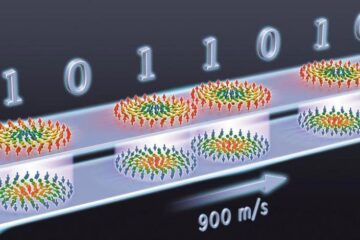Anorexia susceptibility molecule

Anorexia nervosa is an eating disorder characterised by self-imposed starvation. Often beginning in the teenage years or young adulthood, anorexia is around 10 times more common in women than men. Despite having the highest mortality rate of any mental illness, very little is known about anorexia and so its treatment rarely leads to full recovery.
Susceptibility to eating disorders has often been associated with stress experienced early on in life. However, stress alone does not always result in an eating disorder, and a combination of an inborn predisposition resulting from a variety of early-life factors is what leads to disease.
In this study, published in Nature Communications, scientists at the Max Planck Institute of Psychiatry provide some crucial biological insight into this destructive illness. Mariana Schroeder, the author of the current study and a Project Leader in Alon Chen’s group, hypothesised that susceptibility to anorexia originates in the womb.
She challenged adolescent mice with a protocol that mimics the choice of exercise above eating and found that females had a high susceptibility to activity-based anorexia. She explains “what was interesting is that when the female mice were challenged with this activity protocol they split into 2 groups. Around 40% became ‘anorexic’ and the other 60% didn’t. Males were largely resistant”. Schroeder continues “Unexpectedly, prenatal stress eradicated this susceptibility”.
Next, they wanted to try to identify the molecular mechanism behind this gestational programming. To do this, they studied micro-RNA levels in the placentas. They found one micro-RNA that stood out: miR-340. This miR was highly variable in females and hardly detectable in the placentas of any of the male offspring.
When the expression of miR-340 was artificially manipulated and selectively increased in the placentas, they found that the susceptibility to anorexia in both male and female mice boosted. Finally, they discovered that miR-340 indirectly affected the transfer of nutrients from the mother to the fetus, changing the fetal brain.
Alon Chen, director of the Institute, concludes “This study provides some important insight into the early origins of this poorly understood eating disorder”.
Media Contact
All latest news from the category: Life Sciences and Chemistry
Articles and reports from the Life Sciences and chemistry area deal with applied and basic research into modern biology, chemistry and human medicine.
Valuable information can be found on a range of life sciences fields including bacteriology, biochemistry, bionics, bioinformatics, biophysics, biotechnology, genetics, geobotany, human biology, marine biology, microbiology, molecular biology, cellular biology, zoology, bioinorganic chemistry, microchemistry and environmental chemistry.
Newest articles

Properties of new materials for microchips
… can now be measured well. Reseachers of Delft University of Technology demonstrated measuring performance properties of ultrathin silicon membranes. Making ever smaller and more powerful chips requires new ultrathin…

Floating solar’s potential
… to support sustainable development by addressing climate, water, and energy goals holistically. A new study published this week in Nature Energy raises the potential for floating solar photovoltaics (FPV)…

Skyrmions move at record speeds
… a step towards the computing of the future. An international research team led by scientists from the CNRS1 has discovered that the magnetic nanobubbles2 known as skyrmions can be…





















